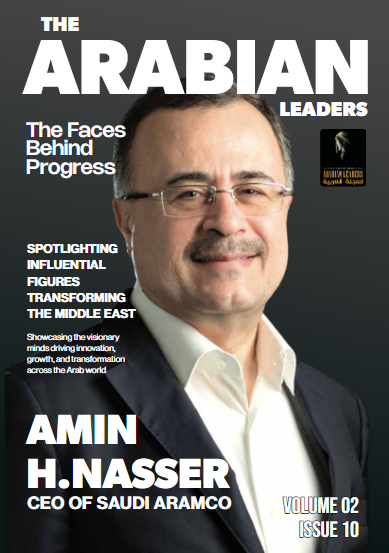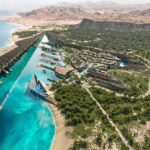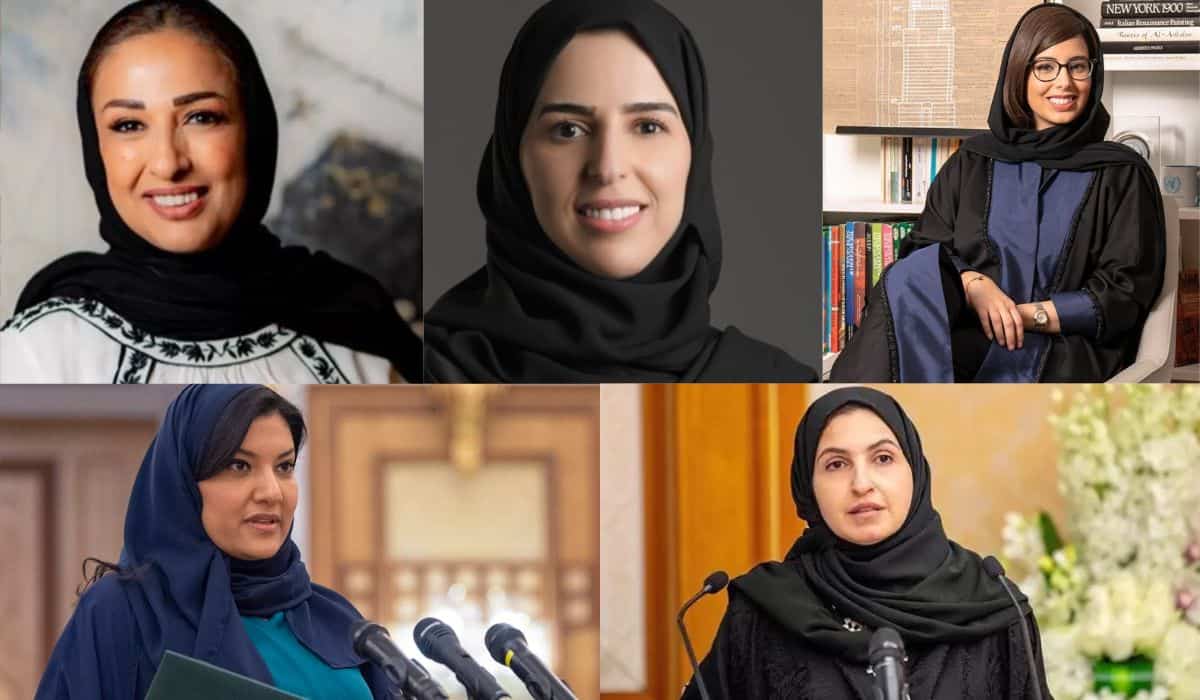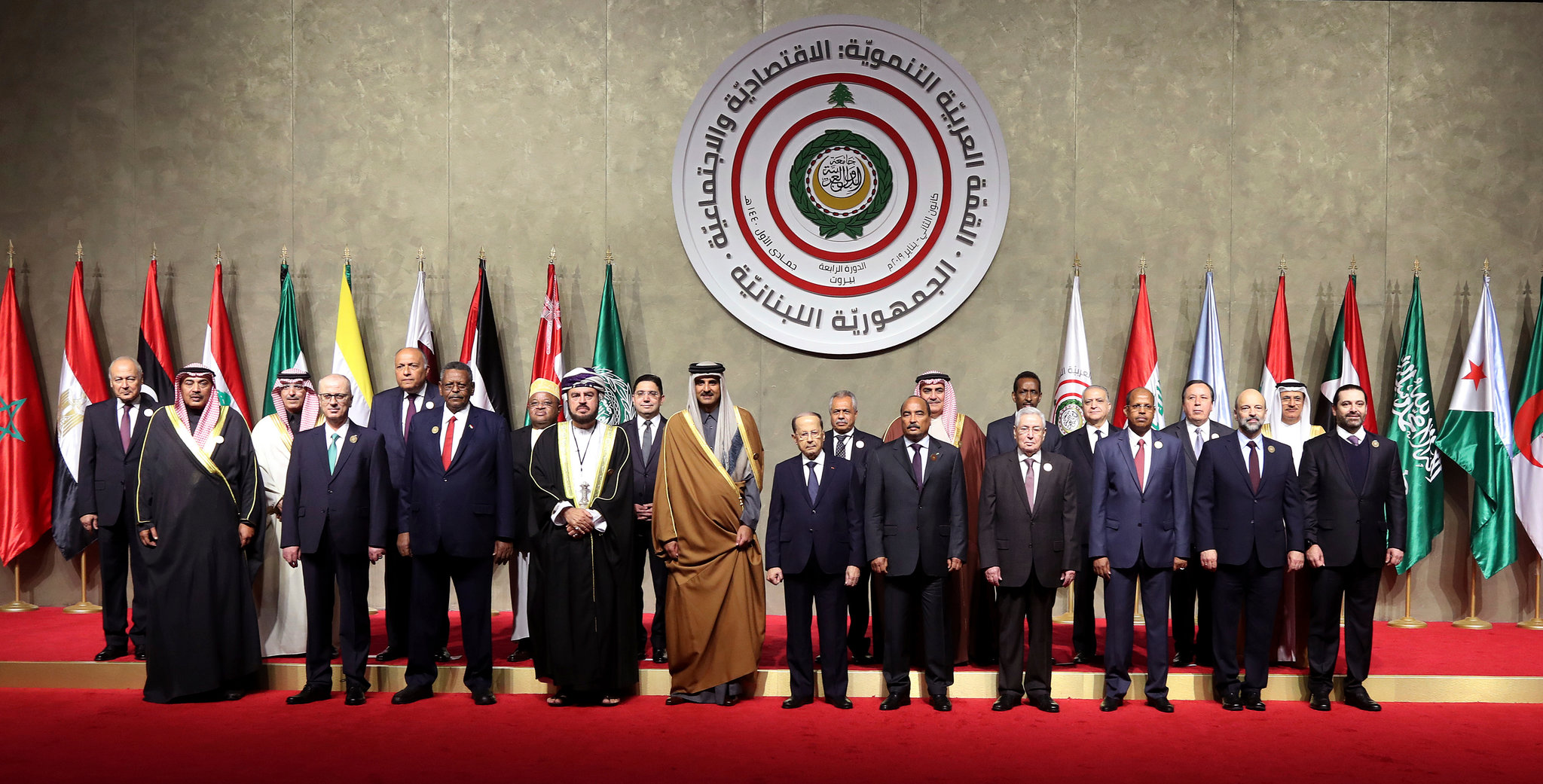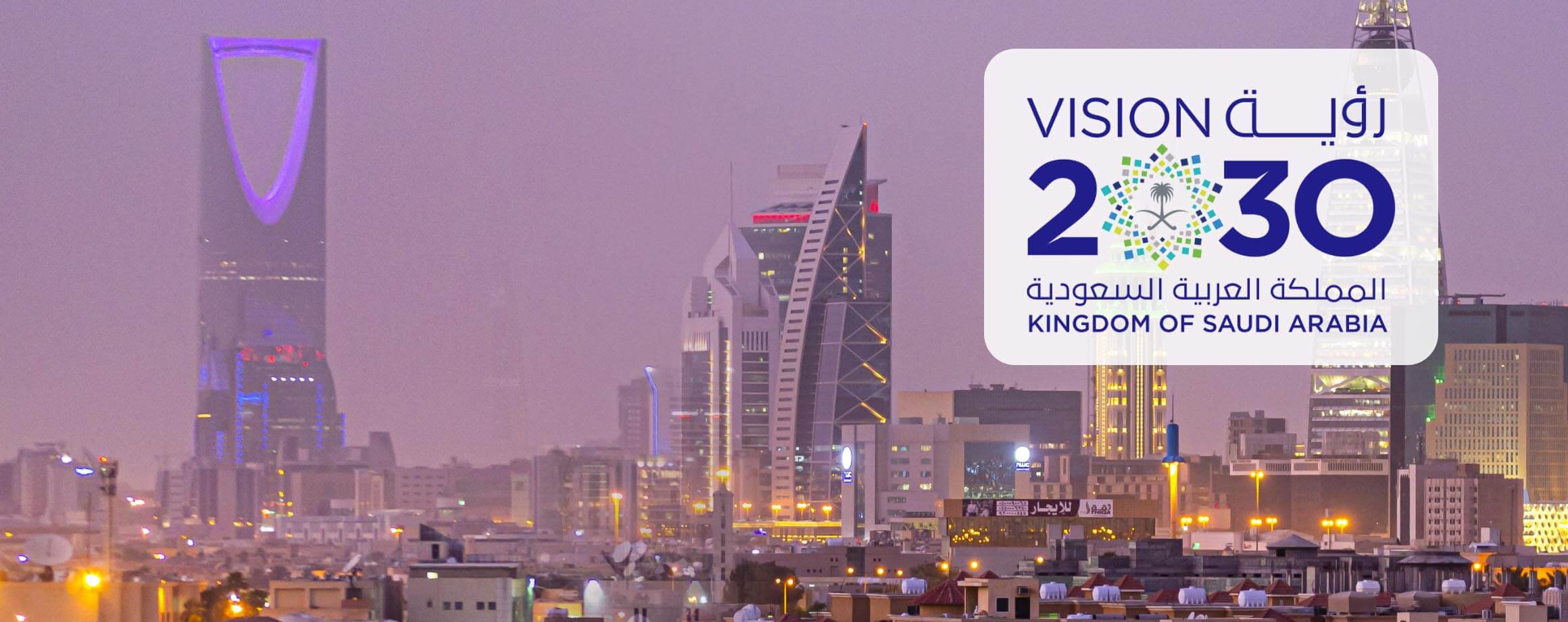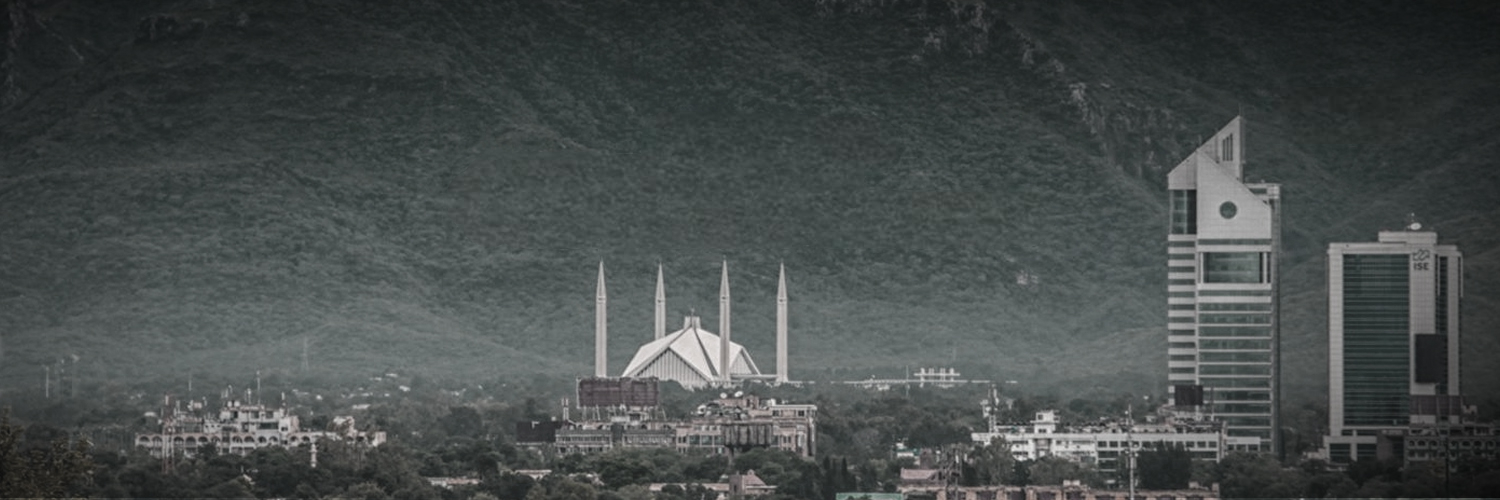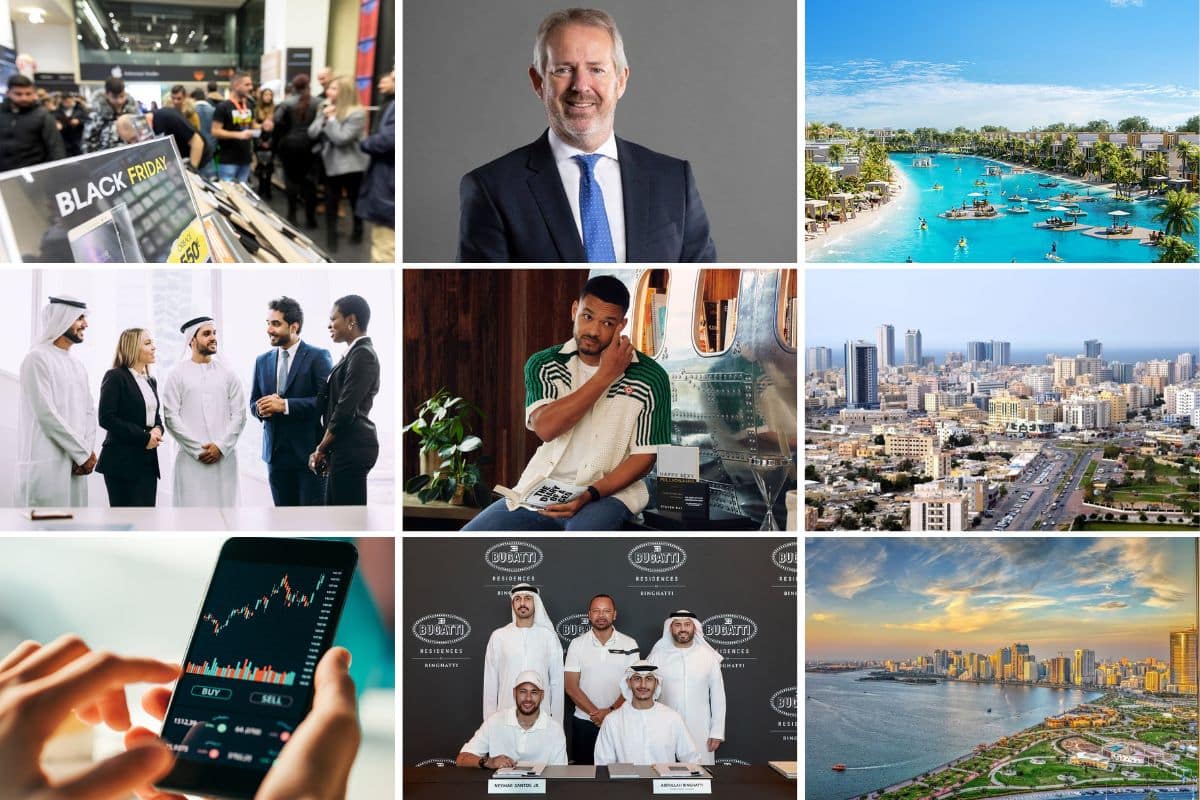When the world speaks of transformation at scale, few nations rival the scale and ambition of Saudi Arabia. At the heart of this evolution lies the Public Investment Fund (PIF)—the financial and visionary juggernaut behind some of the world’s most extraordinary mega projects. These developments go beyond mere infrastructure—they are bold statements of the Kingdom’s intent to shape the future, not just participate in it.
1. NEOM: The Future Reimagined
NEOM is more than just a mega project—it is an ecosystem of revolutionary concepts. Positioned on the northwestern coast of Saudi Arabia, this $500 billion smart city aims to integrate technology, nature, and lifestyle in a way no other city has attempted.
Spanning 26,500 square kilometers, NEOM includes multiple zones, each with its own identity—Oxagon (a floating industrial hub), Trojena (a mountain tourism destination), and The Line (a zero-carbon vertical city). The project’s commitment to renewable energy, AI-driven services, and autonomous mobility signals a blueprint for future urban planning.
Globally, NEOM is setting new benchmarks for climate-friendly city building, tech adoption, and the reinvention of work-life culture.
2. The Line: A Vertical Urban Revolution
Within NEOM lies The Line, a linear city stretching 170 kilometers long, 200 meters wide, and rising 500 meters above sea level. The Line offers an entirely new urban form—a car-free, zero-emissions city designed around the human experience.
This revolutionary city aims to accommodate 9 million people and operate entirely on renewable energy. Unlike traditional cities that sprawl outwards, The Line is built upward and inward—compressing urban necessities into a walkable five-minute range.
With mirrored exteriors, ultra-fast transit, and zero roads, The Line is viewed globally as a prototype for sustainable, high-density living in a post-oil economy.
3. Red Sea Project: Redefining Eco-Tourism
The Red Sea Project is Saudi Arabia’s answer to high-end sustainable tourism. Covering an archipelago of more than 90 islands and thousands of square kilometers of pristine nature, this luxury destination emphasizes biodiversity, eco-conservation, and cultural heritage.
The development will include coral-friendly resorts, solar-powered transportation, and strict environmental guidelines to ensure net-zero emissions by 2040. With global partners in hospitality and design, it’s already drawing attention as a luxury destination for the climate-conscious traveler.
More than just tourism, it represents a global case study in how to balance economic growth with ecological integrity.
4. Qiddiya: The Entertainment Capital of Saudi Arabia
Imagine a destination where visitors can experience Formula 1-style racing, world-class theme parks, immersive arts, and cultural festivals—all within one sprawling location. Qiddiya, located just outside Riyadh, is PIF’s answer to building the Kingdom’s entertainment backbone.
Home to Six Flags Qiddiya, golf courses, motor circuits, and e-sports arenas, Qiddiya aims to become one of the top global entertainment destinations by 2030. Beyond tourism, it creates a new creative economy, fostering careers in film, design, gaming, and performing arts.
As countries look to diversify from traditional industries, Qiddiya sets a global precedent for large-scale entertainment urbanism.
5. Diriyah Gate: The Cultural Legacy Reimagined
Diriyah Gate is where Saudi Arabia’s past meets its future. As the birthplace of the First Saudi State and a UNESCO World Heritage Site, Diriyah is being transformed into a 21st-century cultural capital without compromising its historical essence.
Spanning more than 7 square kilometers, this project includes museums, art galleries, academies, and heritage hotels—all constructed using traditional Najdi architecture. It’s designed to attract 27 million annual visitors by 2030, making it a key cultural anchor for the Kingdom.
Internationally, Diriyah is a template for nations seeking to monetize heritage responsibly while promoting local identity on a global scale.
6. ROSHN: Redefining Urban Residential Living
ROSHN is a national real estate developer backed by PIF that’s transforming the way Saudis live. Its primary mission is to provide high-quality, affordable, and sustainable housing that integrates seamlessly into smart urban designs.
By developing residential communities in major cities like Riyadh, Jeddah, and Mecca, ROSHN aims to improve livability standards, walkability, and public amenities. The neighborhoods include green spaces, commercial outlets, and education hubs—all connected by pedestrian-friendly infrastructure.
Globally, ROSHN is observed as a progressive model for affordable housing in fast-growing cities, especially in regions facing rapid urbanization challenges.
7. AMAALA: Wellness Meets Ultra-Luxury
AMAALA is Saudi Arabia’s response to the growing demand for wellness and regenerative travel. Located along the Red Sea coast, this resort project integrates wellness tourism with art, culture, and marine biodiversity.
Targeting ultra-high-net-worth individuals, AMAALA’s offerings include wellness clinics, marina villages, coral nurseries, and underwater museums. Powered entirely by renewable energy, it reflects the convergence of luxury and sustainability.
With tourism experts viewing wellness as the next frontier, AMAALA positions Saudi Arabia at the center of a booming global niche.
8. King Salman Park: The World’s Largest Urban Park
Located in Riyadh, King Salman Park is slated to become the largest urban park in the world, covering over 16 square kilometers. Designed to offer a vast green space in the middle of the desert, the park features museums, a royal arts complex, water features, botanical gardens, and performance venues.
It serves not only as a recreational space but as a critical lung for the capital, improving air quality and fostering public health. Its climate-conscious irrigation and planting strategies set global examples for urban greening in arid environments.
As megacities globally look to combat climate change through urban design, King Salman Park stands out as a monumental model.
9. Jeddah Central Project: Waterfront Urban Renaissance
The Jeddah Central Project (formerly New Jeddah Downtown) is a $20 billion coastal transformation initiative. Spread over 5.7 million square meters along the Red Sea, this development will feature a marina, opera house, sports stadium, and luxury residences—all designed with sustainability in mind.
The project aims to restore Jeddah’s historical role as a Red Sea gateway while equipping it with the functionality of a 21st-century smart city. The master plan includes cultural preservation, mixed-use zoning, and extensive green spaces.
International urbanists see it as a case study in revitalizing coastal cities through a fusion of modernity and heritage.
10. King Abdulaziz Sports City: A New Standard for Global Sports Infrastructure
Built to host the Asian Games 2034, King Abdulaziz Sports City is a state-of-the-art multi-sport venue located in Qiddiya. With Olympic-grade arenas, training academies, and performance centers, it reflects Saudi Arabia’s intent to be a serious player in international sports.
The venue includes an 18,000-seat stadium, indoor arenas, aquatics facilities, and high-altitude training zones. What sets it apart is its integration into a larger wellness and entertainment ecosystem, blending fitness, fan experience, and digital interactivity.
Its development signals to the world that the Kingdom isn’t just hosting events—it’s setting the standards for how they should be experienced.
Pre-Conclusion: Exporting Vision Through Infrastructure
What unites these ten projects isn’t just their scale or price tags—it’s the architectural courage and socio-economic philosophy embedded within each of them. These aren’t isolated developments; they are living proof of a nation redefining its narrative.
For decades, the Middle East was viewed through the narrow lens of oil. Today, with the PIF as the financial engine, Saudi Arabia is broadcasting a broader message: We are builders of the future. These projects are designed not only to serve the Kingdom but also to challenge global norms in sustainability, urbanism, entertainment, and cultural preservation.
Moreover, these developments aren’t merely for show—they create ecosystems. NEOM is attracting tech founders. The Red Sea Project is pulling in marine biologists and architects. Qiddiya is opening doors for global creatives. Every project invites the world to co-create and co-invest.
From architects and developers to financiers and academics, the global significance lies in collaboration. Saudi Arabia is no longer a market—it is a platform. And through these mega projects, it is exporting ideas, not just commodities.
Conclusion
The top ten mega projects backed by Saudi Arabia’s Public Investment Fund reflect more than development—they signify a new geopolitical posture. Each project carries a different story, but together, they narrate a singular ambition: to transition the Kingdom into a future-facing, globally integrated, and culturally confident nation.
These aren’t just Saudi projects; they are global prototypes. And in the coming decades, many cities, industries, and nations will borrow, learn, or be inspired by what the PIF is building today.



